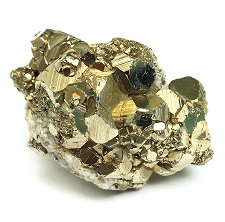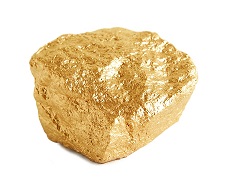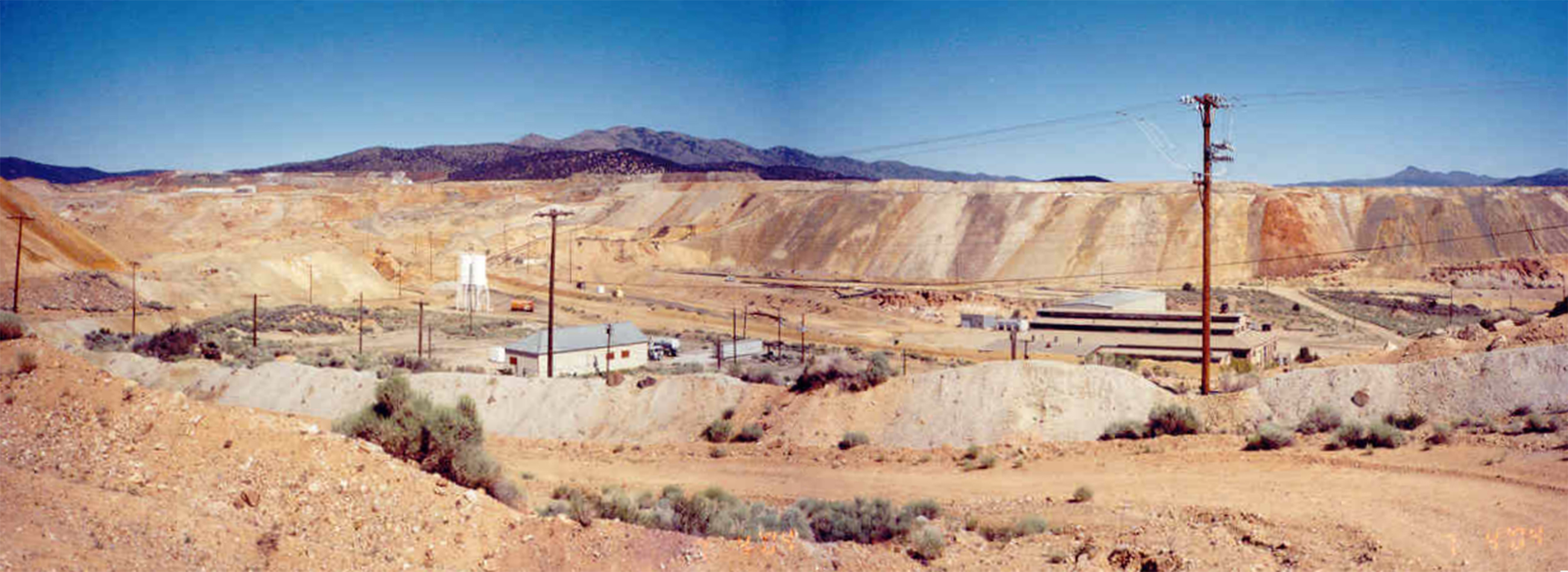HOW TO TELL THE DIFFERENCE BETWEEN GOLD AND PYRITE
By Kat Koch
Gold panning is has been on my bucket list for a few years now. In the last 2 weeks I have won a set of 3 pans and a packet of soil that is guaranteed to have gold in it. I am definitely getting the feeling I am to satisfy this item on my bucket list as soon as the weather improves. Now my big question is: I am on the river’s edge and I am wet, cold and excited as I have sparkles in the bottom of my pan. Is it gold or pyrite flakes?
Here is what friends have told me and what I have read on the internet. Without zooming in, it can be tough to tell the difference, especially when the sun is shining and the water makes everything glisten. Gold and pyrite are vastly different minerals, but because of their similar colors they easily confused. Beginning prospectors look in the bottom of their gold pan and see a lot of shiny yellow color and think they have hit the mother lode! Learning how to identify both gold and pyrite is one of the first skills that any gold prospector needs to learn. The structure, color, hardness and specific gravities are all indicators that will help to differential between the two.
1. GRAVITY When panning out material, gold will settle and concentrate in the bottom of the pan, but pyrite will move freely in the pan. You will often see them at the surface mixed in with the lighter sands and gravels. Proper gold panning will easily separate the two, as the small specks of pyrite will wash out of the pan while the denser gold particles will be retained.
2. COLOR The color is also a good indicator between the two. While gold obviously has a golden color, pyrite generally has a brassy and shiny coloration. It has shiny surfaces that catch the reflection of the sun. If you move your gold pan in a circular motion in the sunlight, gold will maintain a consistent color, while pyrite will flash in the sunlight. Use a rare earth magnet (a normal magnet will not do the job) to remove the black sand.
3. HARDNESS If you take and separate the particles out, their different hardness will be readily apparent. Take the tip of a pocket knife, or a sharp point and poke a flake. Pyrite is much harder, so if you poke it with a sharp tip it will shatter into several pieces. Gold on the other hand is a very soft and malleable metal. It can be poked or smashed flat without breaking apart.
4. STRUCTURE The structure of each mineral is quite different, although this can be difficult to see if you are only dealing with small flakes at the bottom of your gold pan. If the pieces are large enough, you will notice that most pyrite is generally structured in cubic and octahedron formations. Most gold nuggets and flakes that are found in rivers and creeks are polished and worn fairly smooth.
Good luck gold panning! March 2017 Golden Spike News
May you always have Love to Share, Cash to Spare, And Friends who Care. From Jan 2017 “Rockpile”






